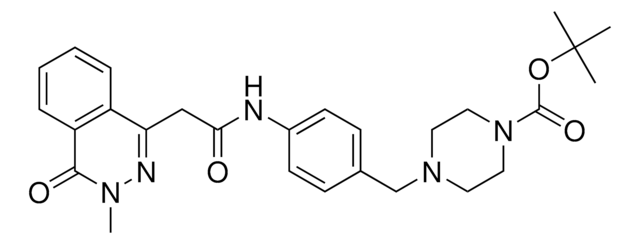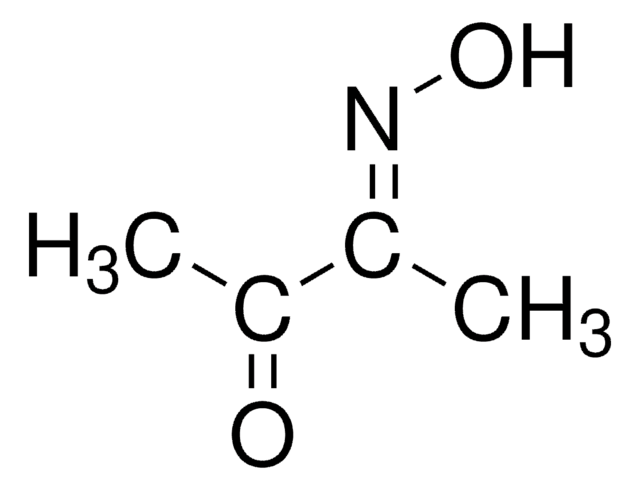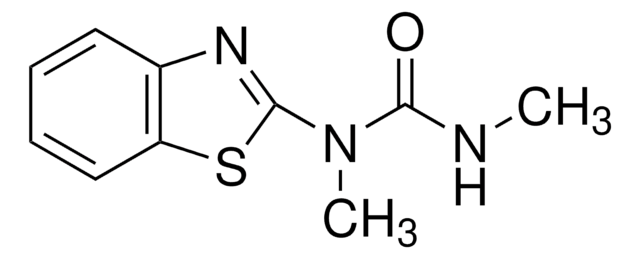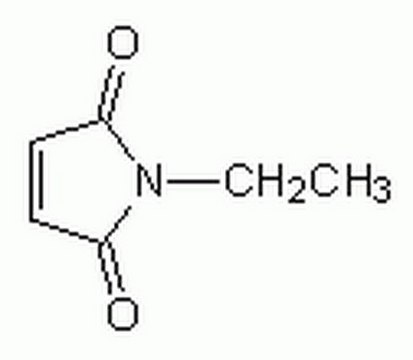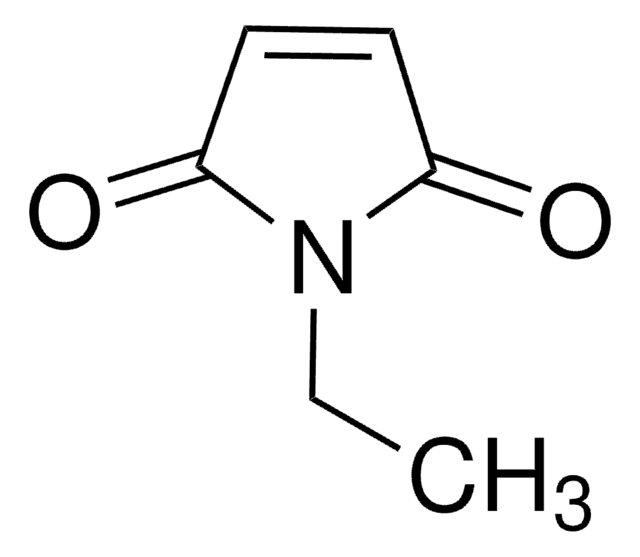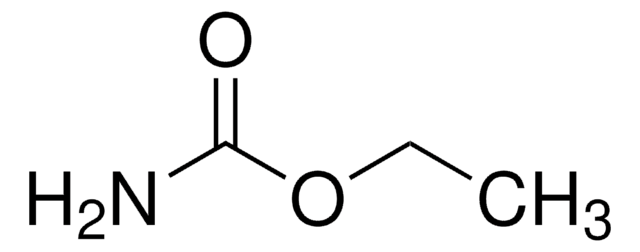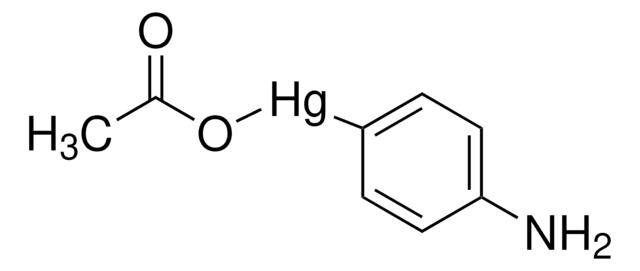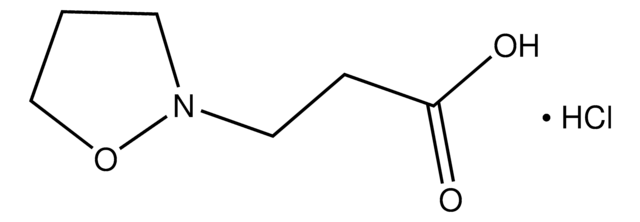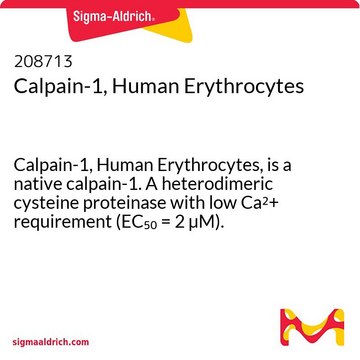所有图片(1)
About This Item
经验公式(希尔记法):
C4H8N2O2
CAS号:
分子量:
116.12
MDL编号:
UNSPSC代码:
12352111
PubChem化学物质编号:
NACRES:
NA.77
推荐产品
生化/生理作用
Antagonist of the strychnine-insensitive glycine modulatory site associated with the NMDA receptor. More active enantiomer of (±)-HA-966.
特点和优势
This compound is featured on the Glutamate Receptors (Ion Channel Family) page of the Handbook of Receptor Classification and Signal Transduction. To browse other handbook pages, click here.
储存分类代码
11 - Combustible Solids
WGK
WGK 3
闪点(°F)
Not applicable
闪点(°C)
Not applicable
个人防护装备
Eyeshields, Gloves, type N95 (US)
L Singh et al.
European journal of pharmacology, 186(1), 129-132 (1990-09-04)
Using a two-lever operant drug discrimination paradigm, rats have been trained to discriminate between the administration of saline and R-(+)-HA-966 (R-(+)-3-amino-1-hydroxypyrrolid-2-one, 30 mg/kg i.p.) an antagonist at the glycine modulatory site on the N-methyl-D-aspartate (NMDA) receptor/ion channel complex. Drug-appropriate responding
L Singh et al.
Proceedings of the National Academy of Sciences of the United States of America, 87(1), 347-351 (1990-01-01)
The antagonist effect of (+/-)-3-amino-1-hydroxypyrrolid-2-one (HA-966) at the N-methyl-D-aspartate (NMDA) receptor occurs through a selective interaction with the glycine modulatory site within the receptor complex. When the enantiomers of (+/-)-HA-966 were resolved, the (R)-(+)-enantiomer was found to be a selective
L M Pullan et al.
Journal of neurochemistry, 55(4), 1346-1351 (1990-10-01)
HA-966 (1-hydroxy-3-aminopyrrolidone-2) is an antagonist at the glycine allosteric site of the N-methyl-D-aspartate receptor ionophore complex. Unlike presently known glycine antagonists, HA-966 is chiral. We report stereoselectivity for the (R)-enantiomer at the glycine antagonist site. In [3H]glycine binding, the (R)-enantiomer
Stephen L Carlson et al.
Brain and behavior, 2(4), 391-401 (2012-09-06)
D-Aspartate (D-Asp) activates a nonspecific cation current of unknown identity independent of L-glutamate (L-Glu) in neurons of Aplysia californica. Whole-cell voltage clamp studies were conducted using primary cultures of Aplysia buccal S cluster (BSC) neurons to characterize these receptor channels
Nicola Ferrari et al.
Nature communications, 10(1), 130-130 (2019-01-12)
Aggressive behaviours of solid tumours are highly influenced by the tumour microenvironment. Multiple signalling pathways can affect the normal function of stromal fibroblasts in tumours, but how these events are coordinated to generate tumour-promoting cancer-associated fibroblasts (CAFs) is not well understood. Here we
我们的科学家团队拥有各种研究领域经验,包括生命科学、材料科学、化学合成、色谱、分析及许多其他领域.
联系技术服务部门